‘Big Bang Theory’ Actor’s Diagnosis Highlights Rising Rates Of Lung Cancer In Younger Women
Published: December 19, 2023l
Lung cancer has been dominating headlines lately. Despite the overall drop in lung cancer rates in the United States among males and females, young women – those between ages 35 and 54 years – are being diagnosed with the disease at slightly higher rates than their male peers. Just this week, “Big Bang Theory” actor Kate Micucci, 43, shared her lung cancer diagnosis.
What makes lung cancer in young women so unusual is not only that the risk of this illness — which results mainly from cigarette smoking — increases with age, but also that the women who are getting it are, by and large, nonsmokers.
In the United States, lung cancer is the leading cause of cancer death in both men and women. However, if you ask women what is the leading cause of cancer death, the overwhelming majority assume breast cancer. Lung cancer, unless discovered early, is much more difficult to treat and has a lower survival rate.
Cigarette smoking causes most lung cancers. Yet, about 15-20% of lung cancers occur in women who have never smoked. In fact, the incidence of lung cancer in women nonsmokers is 200% higher than it is among male nonsmokers.
Estrogen hormone therapy may also be a risk factor. In addition to playing a role in lung development, the estrogen is given to peri- and post-menopausal women to ease night sweats, hot flashes, and other symptoms that accompany menopause. Women may be more biologically prone than men to developing certain lung diseases, like chronic obstructive pulmonary disease and emphysema, which are both related to smoking and are risk factors for lung cancer.
In addition, women may be biologically more vulnerable than men to environmental carcinogens, such as second-hand smoke. Finally, frequent detection of indolent lung tumors in women through screening and diagnostic imaging may be contributing to their higher rates of lung cancer.
For all these reasons, women who qualify should undergo yearly screening for lung cancer, even if they feel fine. Because the lungs don’t have nerve endings, the cancer itself doesn’t cause pain. By the time symptoms appear, however, the cancer is usually advanced. With early detection, we can discover the cancer before it causes symptoms, increasing the chance of cure with surgery alone.
Lung cancer that is symptomatic is often mistaken for other problems, such as infections or long-term effects from smoking. This may delay diagnosis. Call your doctor if you have any of the following symptoms:
Our imaging locations in Stamford, Darien, Greenwich, and Wilton, all offer low-dose CT (LDCT) scans, which are more effective than chest X-rays at finding abnormal areas in the lungs that may be cancerous. Getting yearly LDCT scans before symptoms start can help lower the risk of dying from lung cancer by 20%. We also provide other cutting-edge diagnostics, including navigational bronchoscopy, robotic surgery, and special software that allows us to perform lung-sparing operations.
Talk with your doctor about whether screening is right for you. And keep in mind that screening will not find all lung cancers, and those it finds may not be treatable.
Lung cancer is no longer the death sentence it once was, and when discovered early, it is often curable. Because treatments have improved dramatically, including nonsurgical and surgical options, medicines, and biological therapies, like immunotherapy, which boosts the immune system’s response to cancer, we’re on our way to transforming lung cancer from a deadly disease to a chronic and manageable illness. As a result, patients are living longer and living well.
Increase your odds of beating lung cancer by getting screened early. In the meantime, quit smoking. Better yet, don’t start.
What makes lung cancer in young women so unusual is not only that the risk of this illness — which results mainly from cigarette smoking — increases with age, but also that the women who are getting it are, by and large, nonsmokers.
What to know about cancer rates in women
We don’t know what’s behind this disparity. We do know that anyone who is at risk for lung or other cancers, should undergo annual lung cancer screening, which can find disease early enough to treat or even cure it.In the United States, lung cancer is the leading cause of cancer death in both men and women. However, if you ask women what is the leading cause of cancer death, the overwhelming majority assume breast cancer. Lung cancer, unless discovered early, is much more difficult to treat and has a lower survival rate.
Cigarette smoking causes most lung cancers. Yet, about 15-20% of lung cancers occur in women who have never smoked. In fact, the incidence of lung cancer in women nonsmokers is 200% higher than it is among male nonsmokers.
Are women smoking more than men?
Studies show that women smoke far fewer cigarettes per day than men. However, it is also known that smoking rates in women have declined more slowly over recent years than rates of smoking in men. Women also use fewer alternative tobacco products like cigars or smokeless (chewing) tobacco.Potential factors leading to rising rates of lung cancer in young women:
Women’s biology may be driving the disparity. Consider, for example, that the type of lung cancer we’re seeing in young women is adenocarcinoma, which is less frequently related to smoking than other types of lung cancer.Estrogen hormone therapy may also be a risk factor. In addition to playing a role in lung development, the estrogen is given to peri- and post-menopausal women to ease night sweats, hot flashes, and other symptoms that accompany menopause. Women may be more biologically prone than men to developing certain lung diseases, like chronic obstructive pulmonary disease and emphysema, which are both related to smoking and are risk factors for lung cancer.
In addition, women may be biologically more vulnerable than men to environmental carcinogens, such as second-hand smoke. Finally, frequent detection of indolent lung tumors in women through screening and diagnostic imaging may be contributing to their higher rates of lung cancer.
For all these reasons, women who qualify should undergo yearly screening for lung cancer, even if they feel fine. Because the lungs don’t have nerve endings, the cancer itself doesn’t cause pain. By the time symptoms appear, however, the cancer is usually advanced. With early detection, we can discover the cancer before it causes symptoms, increasing the chance of cure with surgery alone.
Lung cancer that is symptomatic is often mistaken for other problems, such as infections or long-term effects from smoking. This may delay diagnosis. Call your doctor if you have any of the following symptoms:
- A cough that does not go away or worsens.
- Coughing up blood or rust-colored spit or phlegm.
- Chest pain that gets worse with deep breathing, coughing, or laughing.
- Hoarseness.
- Loss of appetite.
- Unexplained weight loss.
- Shortness of breath.
- Feeling tired or weak.
- Recurring infections, like bronchitis and pneumonia.
- New onset of wheezing.
Our imaging locations in Stamford, Darien, Greenwich, and Wilton, all offer low-dose CT (LDCT) scans, which are more effective than chest X-rays at finding abnormal areas in the lungs that may be cancerous. Getting yearly LDCT scans before symptoms start can help lower the risk of dying from lung cancer by 20%. We also provide other cutting-edge diagnostics, including navigational bronchoscopy, robotic surgery, and special software that allows us to perform lung-sparing operations.
Talk with your doctor about whether screening is right for you. And keep in mind that screening will not find all lung cancers, and those it finds may not be treatable.
Lung cancer is no longer the death sentence it once was, and when discovered early, it is often curable. Because treatments have improved dramatically, including nonsurgical and surgical options, medicines, and biological therapies, like immunotherapy, which boosts the immune system’s response to cancer, we’re on our way to transforming lung cancer from a deadly disease to a chronic and manageable illness. As a result, patients are living longer and living well.
Increase your odds of beating lung cancer by getting screened early. In the meantime, quit smoking. Better yet, don’t start.
Featured Expert/ Author

Stamford Health Medical Group Member




















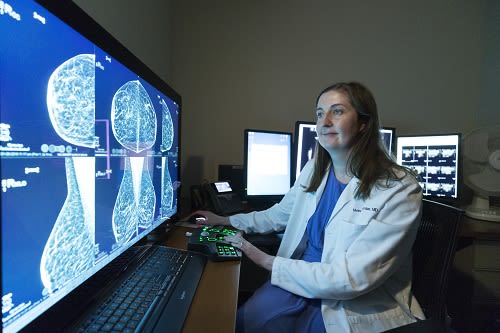



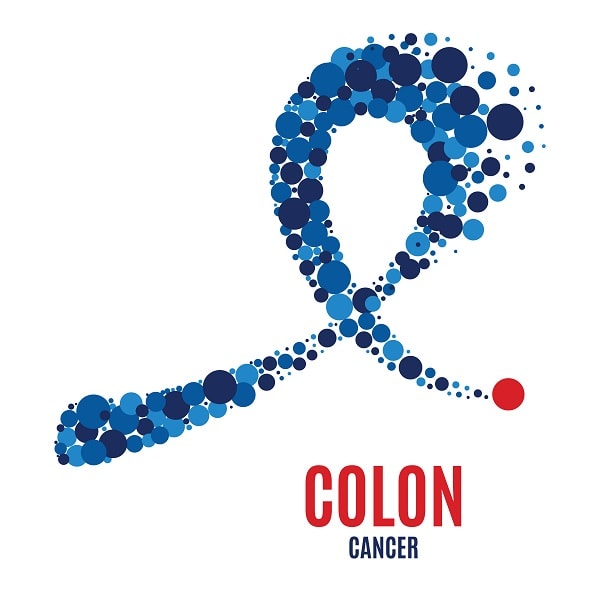

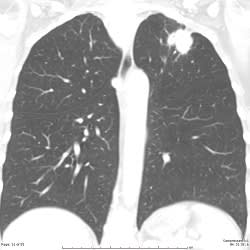













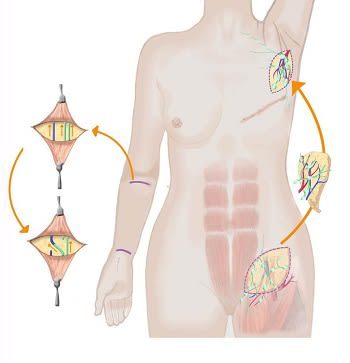


















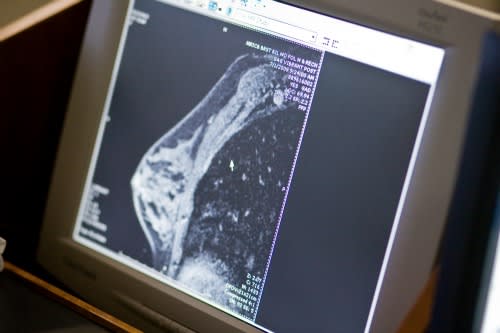

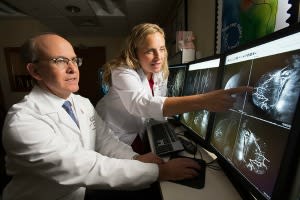






)


)

)
)




